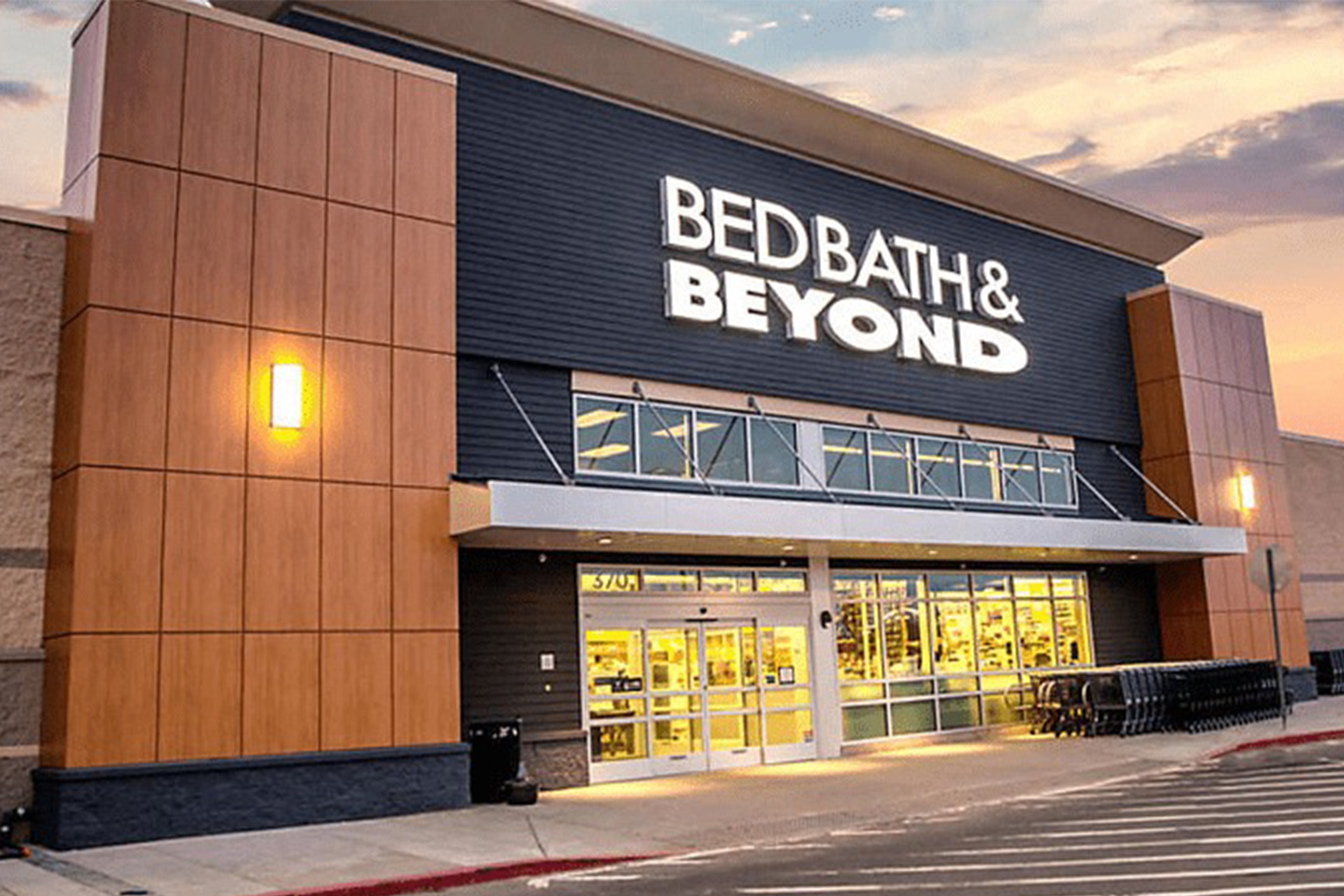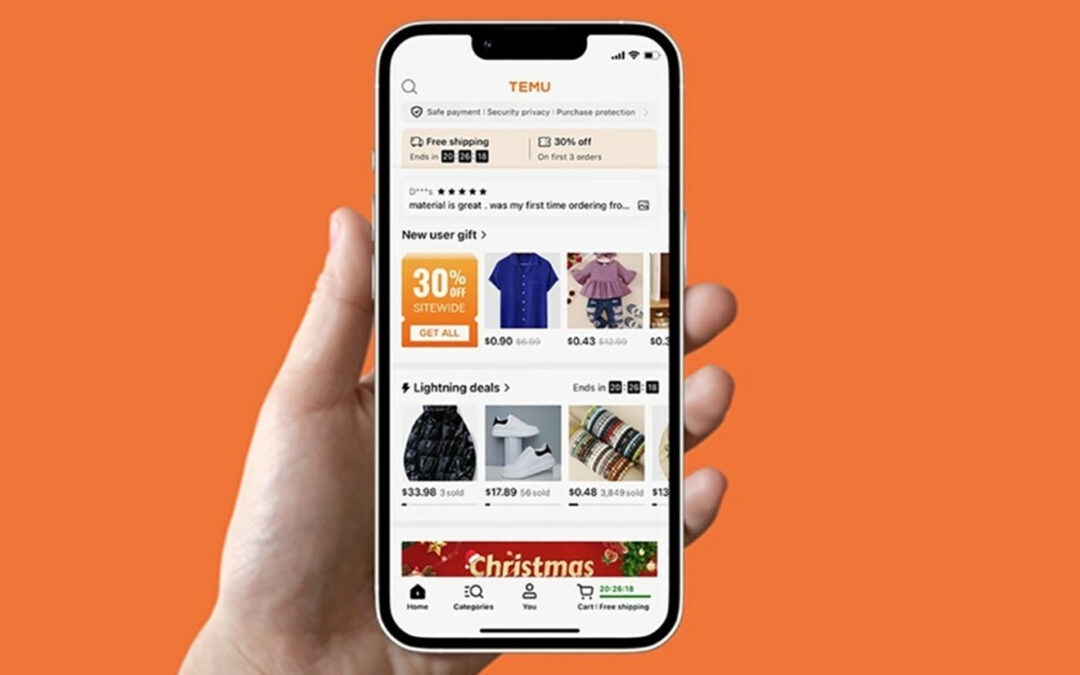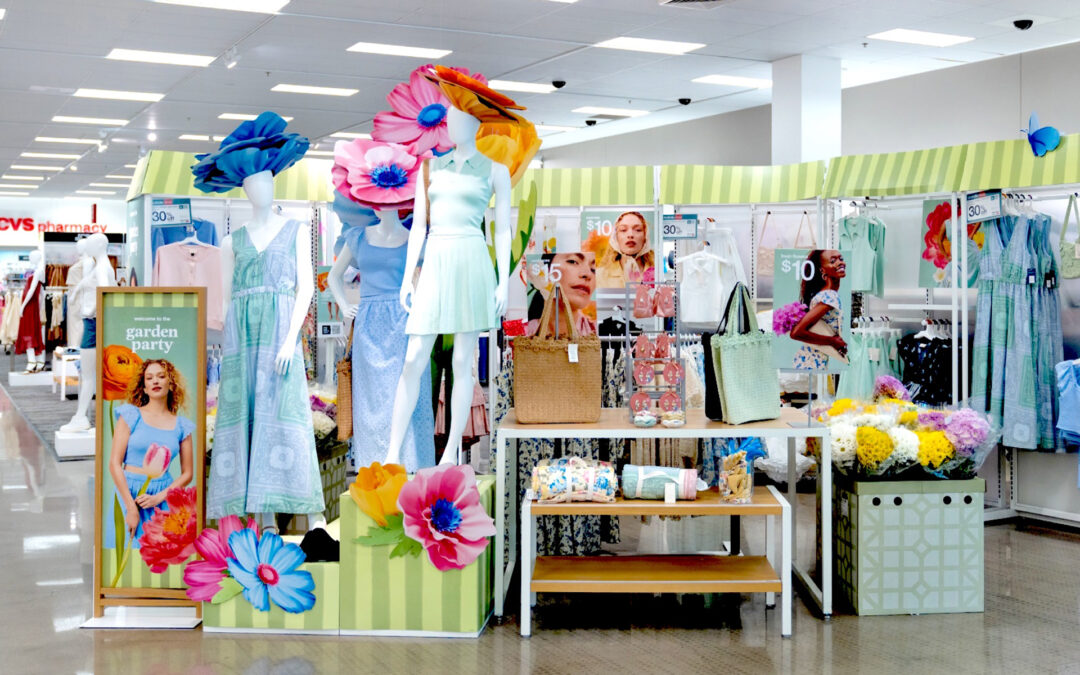As it announced the successful completion of financing agreements the day after revealing plans to change the company’s strategic direction, including a re-emphasis on national brands, Bed Bath & Beyond has become the subject of greater scrutiny as to its potential as well as its fate.
Wall Street did not react positively to the August 31 strategic change announcement. After trading between $12 and just over $14 the day before, Bed Bath & Beyond’s share price fell to below $9 remaining under $10 through the day of the announcement and into the next. Bed Bath & Beyond’s share price spiked over $29 in late March and over $23 when subject to a Reddit rally in mid-August.
Bed Bath & Beyond announced that it secured the more than $500 million of new financing it had negotiated, including a newly expanded $1.13 billion asset-backed revolving credit facility and a new $375 million first-in-last-out facility. As first revealed on August 30, the refinancing of the ABL facility was led by J.P. Morgan, and Sixth Street Partners is serving as the lender and agent for the company’s FILO facility. Bed Bath & Beyond expects the enhanced liquidity to support immediate strategic priorities to drive traffic and sales, and regain customer relevance, a process that will include rebalancing the assortment toward national brand goods and normalizing inventory position.
In an August 31 conference call conducted as the company disseminated its strategic update, Sue Gove, Bed Bath & Beyond director and interim CEO, said, “We recognize there has been a great deal of focus on our company.”
She noted that recent announcements have established an outline of action that Bed Bath & Beyond will follow to get itself on track again in terms of financial health and growth, and she emphasized that the company already had acted “quickly and urgently” to address the challenges it faces.
“We are embracing a straightforward back-to-basics philosophy that focuses on serving our customer, driving growth and profitability, and delivering business returns,” she said.
In the conference call, Gove said she had spent time with Bed, Bath & Beyond’s vendors in the week up to the strategic update, discussing relationships and bolstering support. The retailer has planned a fall vendors meeting to build and strengthen relationships with suppliers including addressing issues and establishing collaborative approaches that will satisfy customers.
Marra Sirhal, newly minted Bed Bath & Beyond banner president, said, “We must get back to our rightful place as the home category destination, and our goal is to achieve this by leading with the products and brands our customers want. First and foremost, we are taking a very specific category strategy approach to our key destination we are known for, including, of course, bed, bath & kitchen. Underpinning this merchandise strategy will be a shift back to national brands and really aligning the availability and visual projection of beloved brands such as Calphalon, Ugg, Cuisinart, Dyson and Oxo, to name a few, across our sales channels. Being the national brand authority is a key point of difference for Bed Bath & Beyond in the home market. In September, we plan to launch a robust welcome back welcome home campaign to anchor our site, app and store experience back to these national brands, and feature key items to amplify our destination categories.”
The company has been overhauling the merchandising in physical stores to emphasize national brands. At the same time, Bed Bath & Beyond will target direct-to-consumer brands and introduce them into its own operations as part of an effort to underscore and advance newness. The company will highlight innovation in home products, particularly home electrics, going forward, as it promotes fresh thinking and new markets such as was the case with the air fryer segment, Sirhal said. Private labels will take on a supporting role to national brands in the updated strategy as Bed Bath & Beyond reduces its breadth and depth. It will operate specific own brands and private label programs, especially where it can promote attractive prices. Even as the company cuts a third of its private labels, Bed Bath & Beyond will retain Nestwell, Our Table, Squared Away, H for Happy, Everhome and opening price point Simply Essential. Of course, some observers have questioned Bed Bath & Beyond’s recent private label expansion including its participation in the opening price point product segment where consumers can shop at retailers they visit on even a weekly basis, such as supermarkets and dollar stores. Still, even cutting back on private labels could reassure those observers who see Bed Bath & Beyond’s position as that of a retailer of national and aspirational brands, something that the company has tacitly acknowledged.
“Conceptually, our goal is to reduce our own brand inventory penetration by 20 percentage points in favor of national brands,” Sirhal said.
The welcome back/welcome back campaign will include opportunistically stepping up Bed Bath & Beyond coupon distribution and building the company’s loyalty program.
For its part, Pulse Ratings maintained its Substantial Risk assessment of Bed Bath & Beyond after the strategic update in part because of limits to flexibility built into the additional credit the company has acquired and because at least some new cash available likely will go to getting current with suppliers. Not only that but, Pulse Ratings analyst Dennis Cantalupo observed, if Bed Bath & Beyond doesn’t limit its current cash burn, it could have another liquidity problem within a year. He does note that the changes in merchandise strategy should address some of Bed Bath & Beyond’s challenges although it will take time for them to gain traction with consumers.
Morningstar analyst Jaime Katz also noted that Bed Bath & Beyond’s back-to-basics strategy would take time to make headway. Katz took a wait-and-see position on Bed Bath & Beyond’s stated cost-cutting measures including store closings and workforce reductions, questioning if they will save the company the $250 million it expects. Moreover, he points out that driving promotions to build traffic will dilute margins at a time when cash generation is a problem for the company. He expects sales to continue falling by a rate in the mid to high teens before delivering 1% growth in 2023. He also noted that the search for a new CEO means, among other things, the potential for more strategic shifts when a permanent chief executive takes over.





